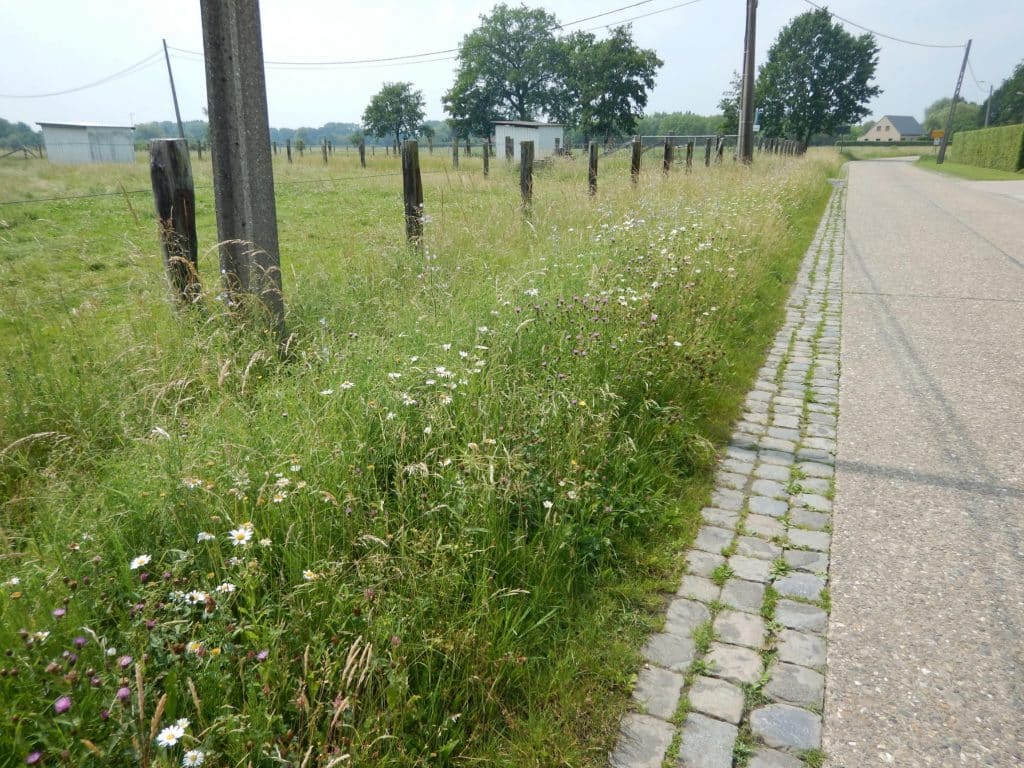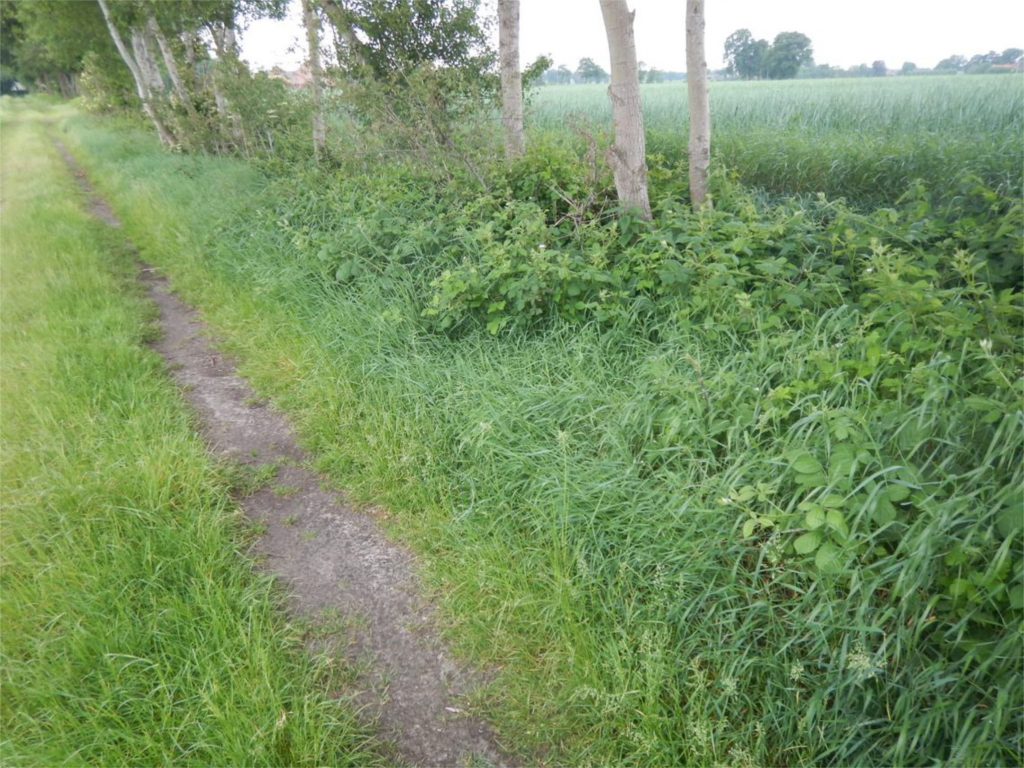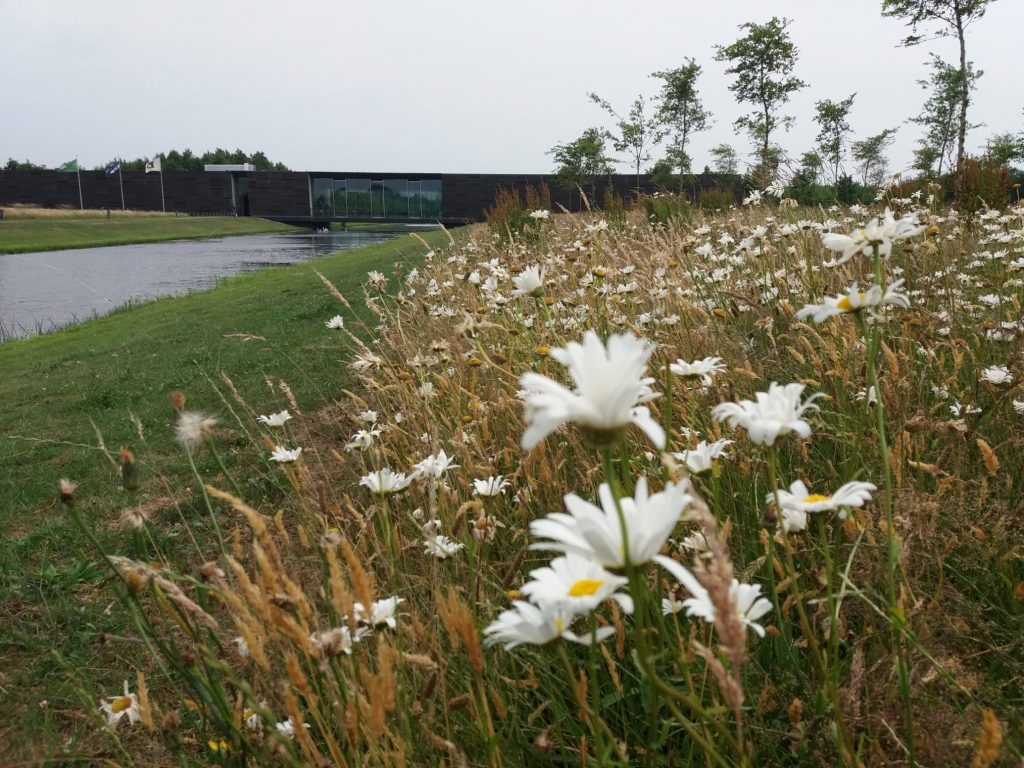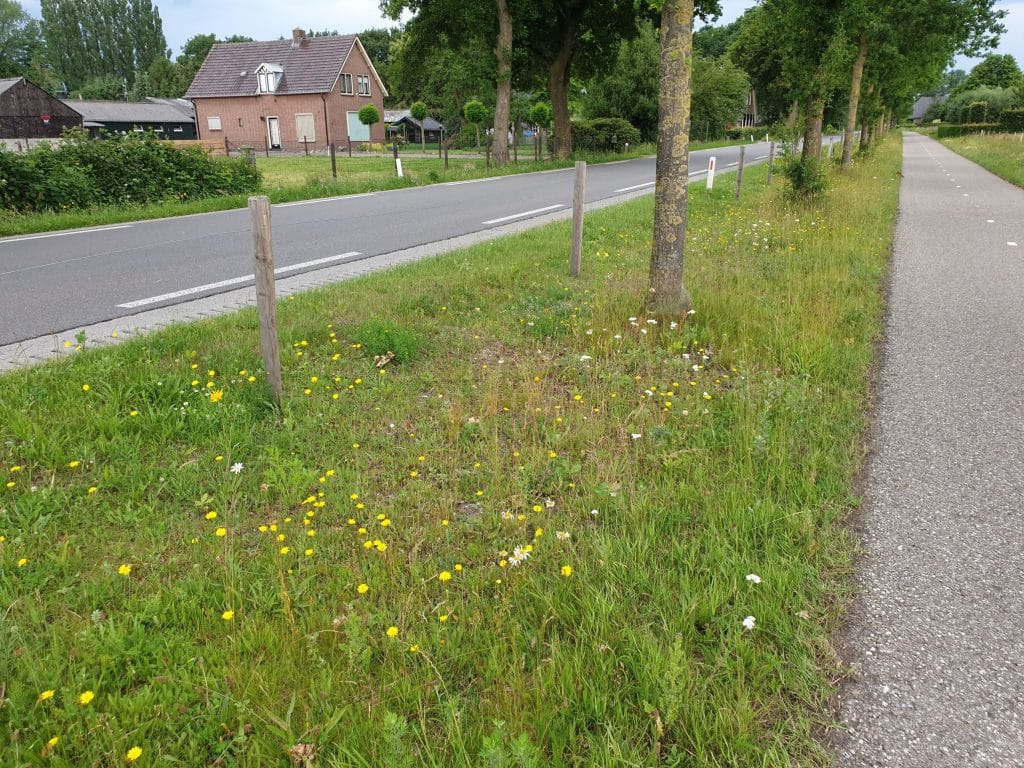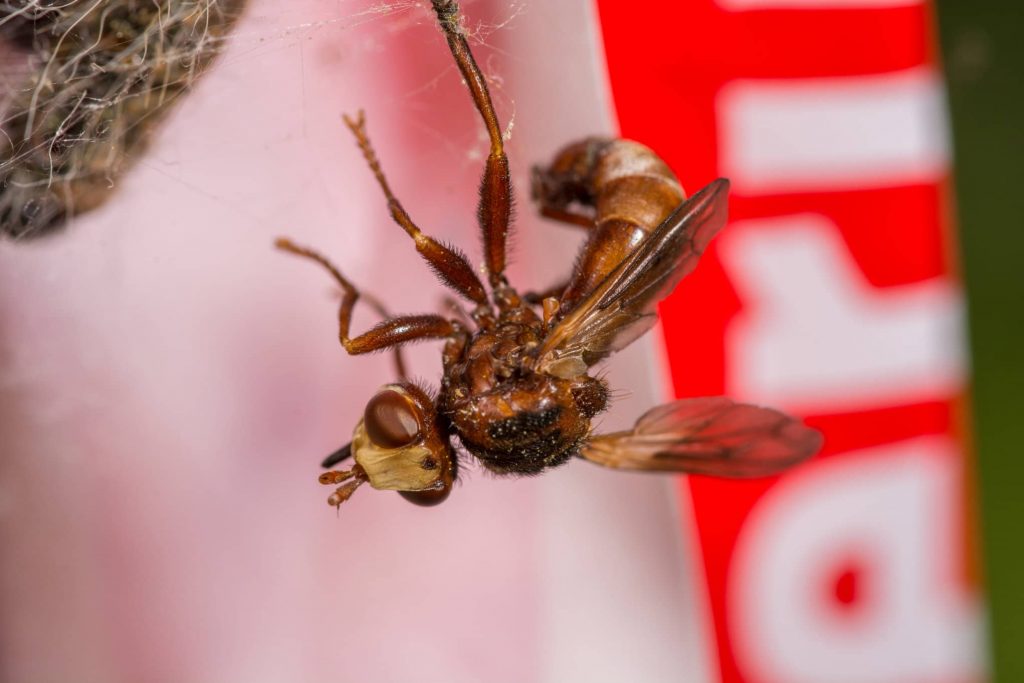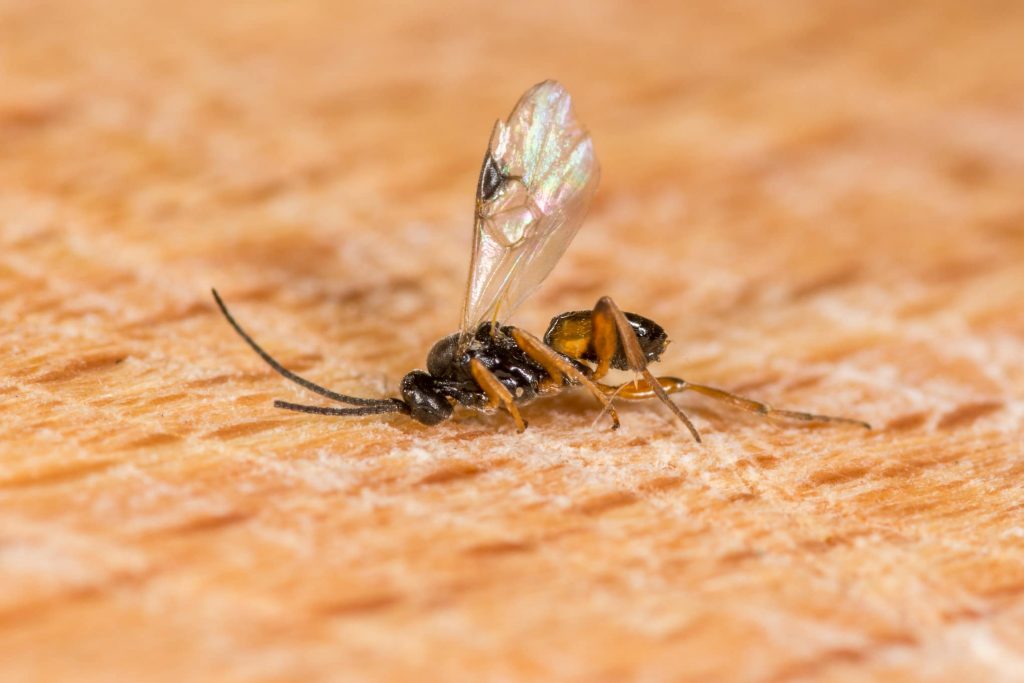LIFE Oak Processionary
Attracting parasitoid wasps and flies
Oak processionary caterpillar control by attracting parasitoid wasps and flies through adapted road verge management.
Attracting parasitoid wasps and flies by means of adapted road verge management
Hairy caterpillars can be significantly influenced by natural enemies, such as parasitoid wasps and flies. This type of natural enemy can be particularly effective in more natural environments. In some situations, they can reduce oak processionary populations by up to 90%. They do this by laying their eggs inside the caterpillars; the larvae of the wasps and flies then eat the caterpillars from the inside out.
In this study, we would like to verify whether natural verge management leads to an increase in parasitoids and, in turn, a reduction in the numbers of the oak processionary.
Comparing various types of road verges
To investigate which type of road verge is most attractive to parasitoid wasps and flies, the project will compare various forms of verge management with one another, at trial locations in Flanders and the Netherlands. In concrete terms, this means that each type of verge management will be assessed to understand how many and which species of parasitoid wasps and flies are found in the nests of the oak processionary and the corresponding impact on the quantities of caterpillars.
The project partners at the trial locations will ensure that the road verges with infected oaks are managed in various ways:
Monitoring the impact of road verge management
Nectar index
In the first instance, the effect of verge management on vegetation will be examined. The habitat quality for natural enemies (and pollinators) will be evaluated by establishing a nectar index. This index is based on the number of flowering plants. The measurements for this will be taken annually, in June and July.
Parasite levels in the oak processionary nests
The degree of parasitic activity in the oak processionary will be compared between the various methods of verge management. To this end, three oak processionary nests will be gathered each year during the summer months. All parasitoids will then be collected from the nests, counted and the species identified.
Population size – oak processionary
In order to establish the impact of verge management and the number of parasitoid wasps and flies on the oak processionary, the number and size of the nests will be measured each year too.




